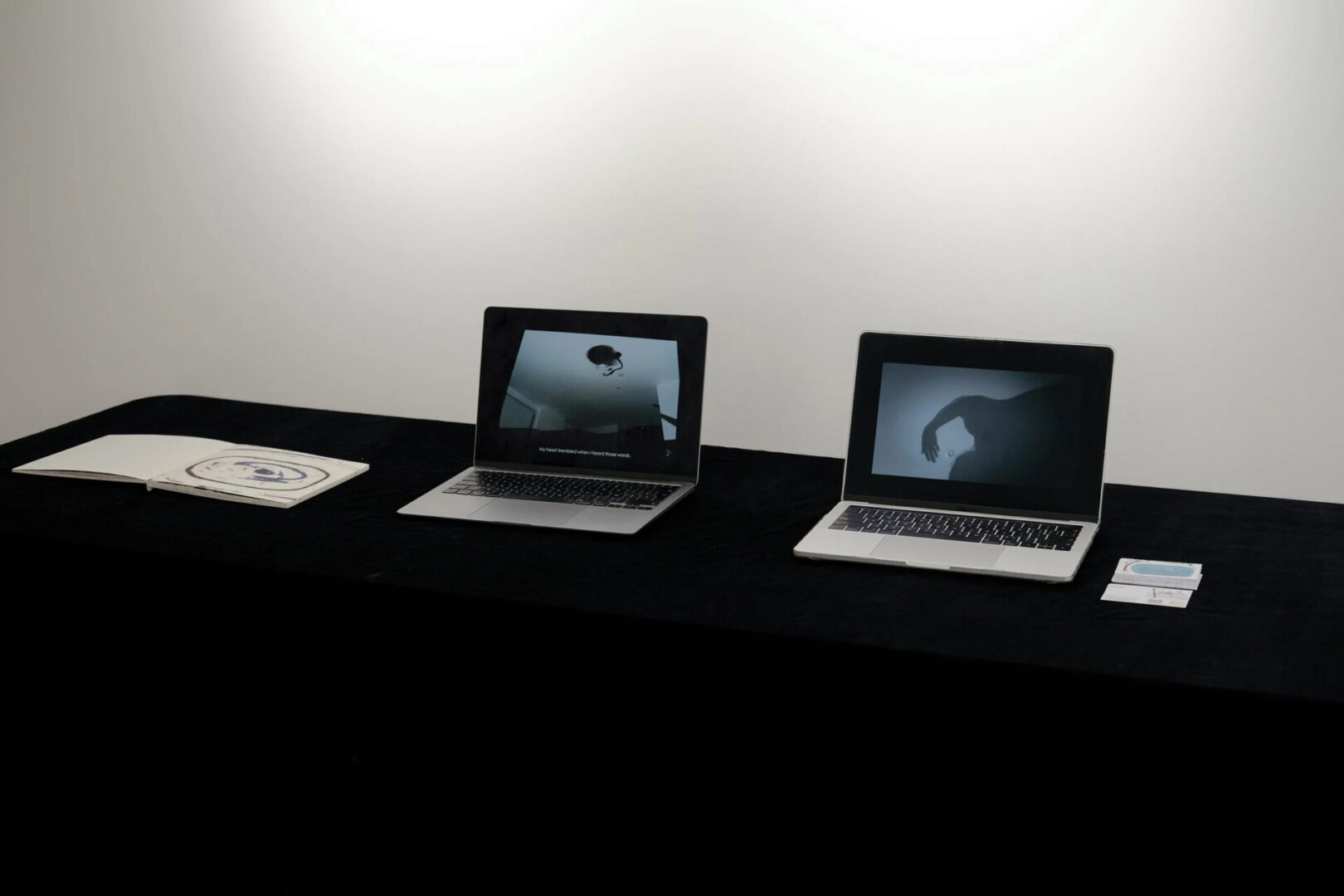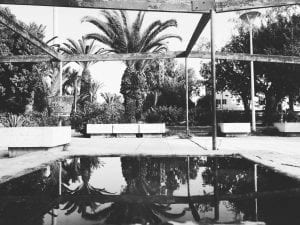“You’re never going to kill storytelling, because it’s built into the human plan. We come with it.” These words from Margaret Atwood, author of The Handmaid’s Tale (1985), speak to our enduring desire to communicate – through everything from paintings on cave walls to today’s social media feeds. Lin Cheng (b. 1993) demonstrates that there is no single way to tell a story. She works across a variety of media – including illustration, printmaking and moving image – and is committed to exploring the complexities of human experience through these multiple forms of expression, uplifting the voices of others in the process.
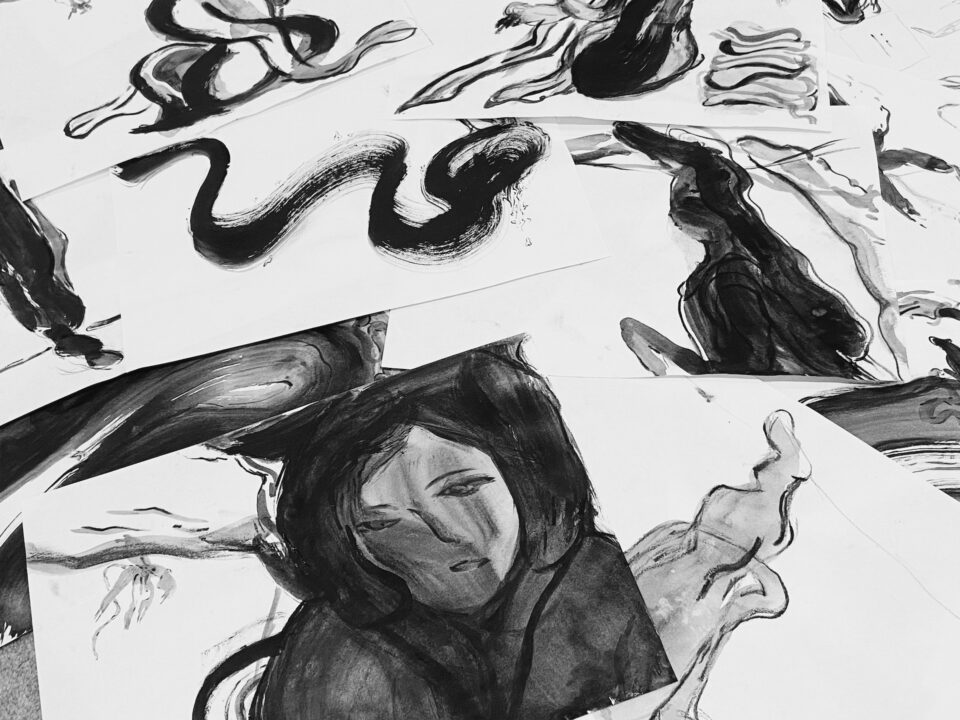
Silent Absence (2022–2024) is a key example of Cheng’s attentive and compassionate approach. The project began as etchings portraying children affected by domestic violence. It has evolved into a seven-minute experimental video inspired by social realities documented in a landmark non-fiction film in China. “Whilst I did not use any visual material from the documentary, I reinterpreted the narratives through my own imagery. This process allowed me to explore the tension between private suffering and public visibility, whilst safeguarding the identities and dignity of those whose experiences shaped the work.”
The piece is divided into two chapters – one from a woman’s perspective, the other through the eyes of a child – and interweaves intimate domestic imagery: bedsheets, shopping bags and traces from the artist’s bedroom. The soundscape is built from recordings made within the artist’s living space, contributing to the psychological atmosphere. Everyday noises – chopping vegetables, closing doors, footsteps and pouring tea – run throughout. Silent Absence evokes the rhythms of daily life, “in which violence can become both invisible and omnipresent.” Similarly, non-verbal storytelling is key to Relation (2022), a wordless book that unfolds entirely through images, allowing readers to interpret it across cultures and languages.
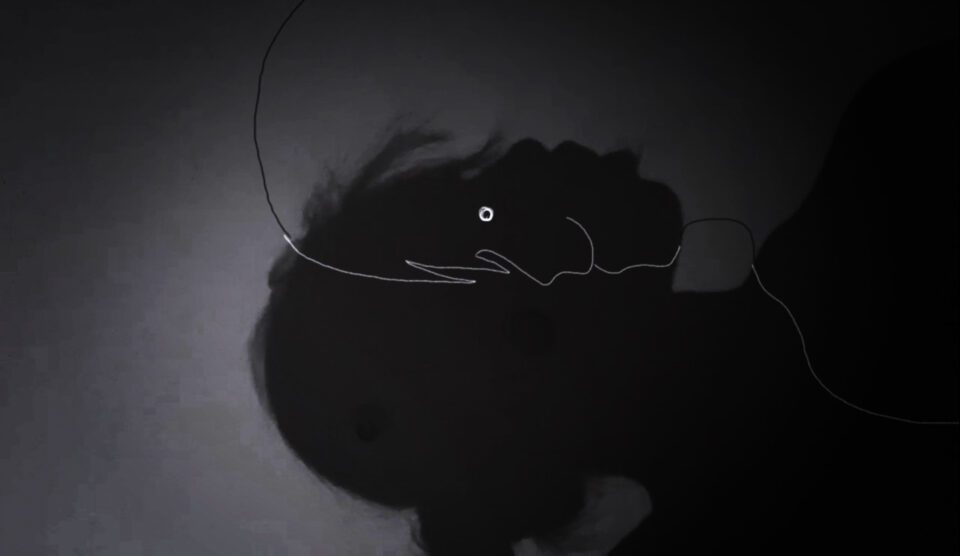
Women’s experiences are central to Cheng’s practice. Where the Wind Judges (2020) – an ink painting printed on fabric – is a visual fable about social judgement, exploring how inherited moral expectations quietly shape the boundaries of female agency. Meanwhile, Women in a Case (2018–2024) is her most ambitious exploration of this theme to date. The large-scale outdoor installation features a monumental, headless female form, constructed from one of China’s most common and inexpensive materials: bright blue rainproof tarpaulin. “The mass-produced fabric is used to cover three-wheeled carts, vegetable markets and greenhouses, and is associated with rural labour and urban survival,” she explains. Cheng cut and stitched over a dozen pieces of fabric, and made additional objects such as books, bottles and teacups. The result is a powerful commentary on agency, objectification, commodification and body politics.
Here, Cheng engages with the ongoing legacy of contemporary artists who have subverted textile traditions to foreground women’s voices. There are echoes of Judy Chicago, whose Birth Project (1980-1985) brought together 150 needleworkers; and Kimsooja, whose practice has long incorporated sewing and weaving to investigate the role and representation of women in society. One might also be reminded of Ana Mendieta’s “earth-body” works, which saw the artist’s silhouette inscribed into various landscapes. There’s a throughline between Mendieta’s Siluetas and Cheng’s personal works. Dancing with the Line (2021) is a hand-drawn, frame-by-frame animation based on a recording of Cheng’s shadow dancing in a dimly lit room. The artist then redrew each shot by hand, creating an intimate dialogue with her body.
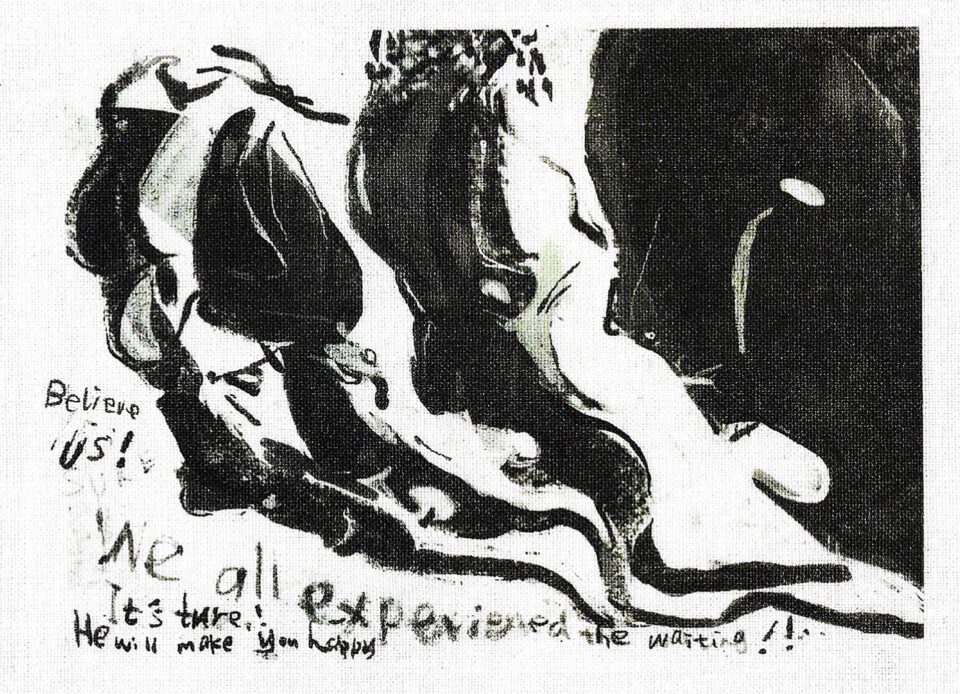
Cheng was born in China and is now based in Glasgow, UK. She is a graduate of University of the Arts London, and is rapidly establishing herself as an artist to watch. In September 2025, she exhibited in Art Is No Longer Narrated at Handbag Factory during the London Design Festival. This will be followed by further shows at Batsford, London (January 2026) and Six Foot, Glasgow (February 2026). Her work is part of the Brookline Arts Center collection in Massachusetts, and she has been recognised by prizes such as the MUSE Creative Awards, World Illustration Awards and the Scholastic Picture Book Award.
From poignant installations that confront trauma, to intimate reflections on the self, Cheng is an artist who sensitively navigates the complex terrain of identity, memory and female experience. Her work reminds us that narrative is not confined to words. In fact, it lives in objects, gestures, images, sound – even silence.
Visit Lin Cheng’s website here | @oorangeland
Words: Eleanor Sutherland
Image Credits:
1. Image courtesy Lin Cheng.
2. Lin Cheng, Where the Wind Judges, (2020).
3. Lin Cheng, Dancing with the Line, (2021).
4. Lin Cheng, Where the Wind Judges, (2020).


